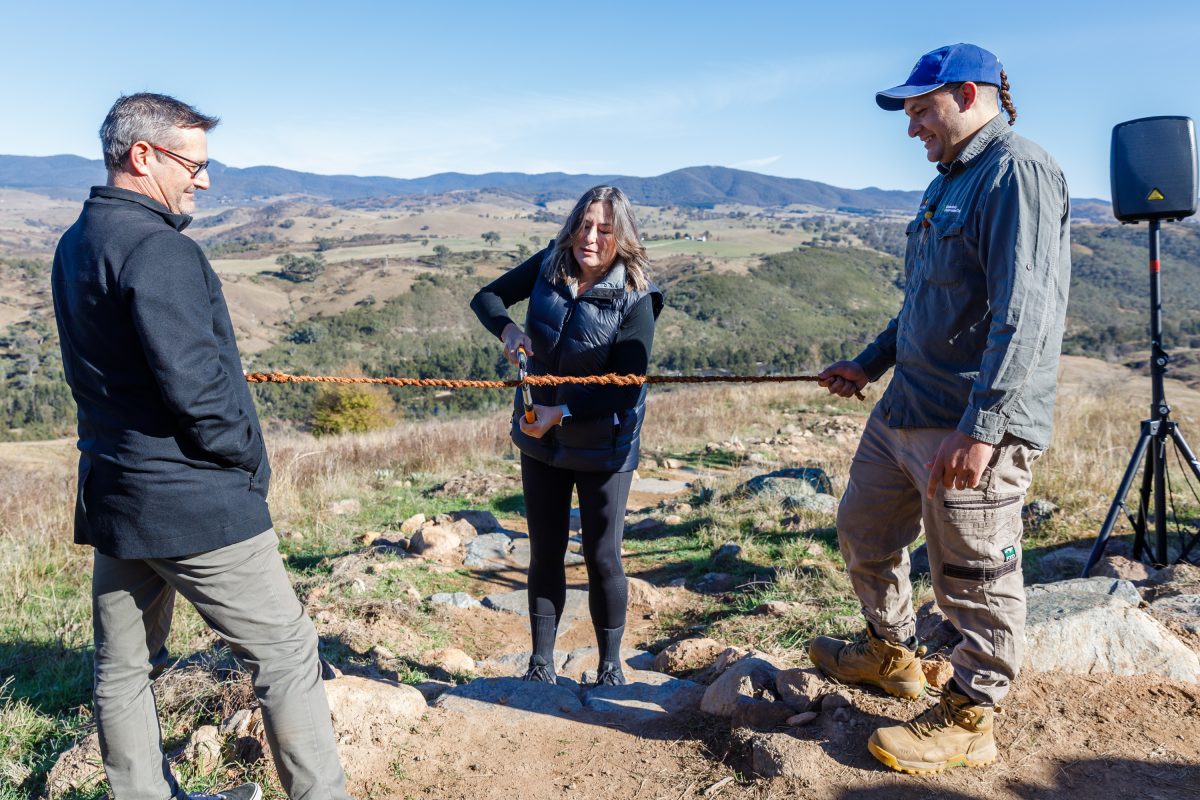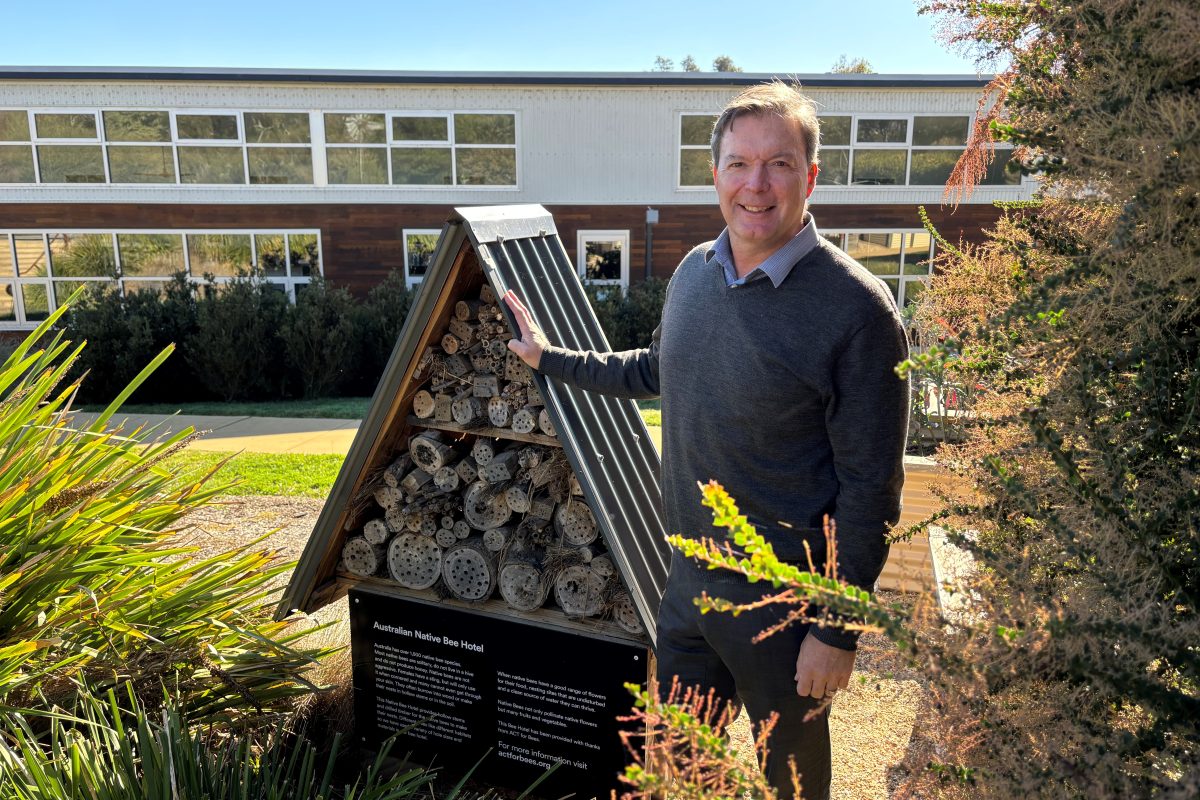Climate control: preparing the community for an extreme future
As scorching heatwaves have plagued Europe and America, it is likely that it will again be Australia’s turn to face the challenges of extreme summers.
Climate change is forcing the globe to face up to the realities of unprecedented weather events – the UN has described it as Global Boiling – and in a country that already has a long and often traumatic history of bushfires, the focus on building resilience has never been so important.
According to Associate Professor and ARC Future Fellow in the School of Science, University of NSW Canberra, and a chief investigator on the ARC Centre of Excellence for Climate Extremes, Sarah Perkins-Kirkpatrick, the future is going to require intense climate adaption.
She warns it is going to be “extreme in every sense. And we haven’t seen anything yet.
“Heatwaves and extreme summers are just the start. We are also going to see cyclones that are more intense, marine heatwaves will get worse, and a warmer atmosphere will hold more water, so rainfall extremes will intensify. All our climate extremes will have more energy.”
At Ginninderry, climate resilience is being built into the suburbs from the ground up, with an eye to designing and building communities that are resilient to future challenges, while also reducing the impact on the environment over their lifetime.
This focus on climate resilience works across two different levels – the hard infrastructure, and social infrastructure.
A climate change risk assessment has been undertaken by the Ginninderry Joint Venture in order to define preparation actions and better prepare and protect both the natural and built environment, as well as all residents and workers, from the worst excesses of climate change.
In practical terms, Ginninderry’s Climate Adaptation and Community Resilience Plan includes the ground-up provision of higher efficiency heating and cooling appliances, renewable energy systems, rainwater tanks and home landscaping packages that ensure shading and soft landscaping to prevent erosion.
While building more sustainable houses is a first step to mitigating further climate change, Ginninderry takes a holistic approach to cooling the immediate environment to reduce Urban Heat Island Effect, including irrigating public open spaces and being conscious of tree canopy cover.
The irrigation throughout Ginninderry has been designed to be fed by reused stormwater through the Water Sensitive Urban Design treatment train. There is also passive street tree watering, where watering inlets from gutters and swales allow stormwater runoff to directly water trees. Mature trees have been maintained to ensure cool, shaded spaces within the urban design of the suburbs and can be used on hot days for refuge.
Undercover shelters and water taps have also been provided in community recreation parks to provide free access to shade and drinking water.
Early engagement with Evoenergy as the distribution network provider has resulted in a proposed trial of community-scale batteries to provide pilot testing of islanding in times of blackouts, with suburb substation kiosks including an area for future centralised batteries.
Ginninderry has also been designed to ensure effective travel movements through three arterial roadways in the event of a mass evacuation.
Community resilience, meanwhile, is created through fostering awareness and participation.
Awareness of climate issues and extreme weather is raised within the Ginninderry community through a number of methods including events, education, and online communications with ongoing education about climate change, and community responses customised appropriately for the types of residents and workers.
Because the Ginninderry community will ultimately exist across the ACT/NSW border, appropriate cross-border emergency response systems will also be considered. In addition to these official structures, local and informal governance structures are vital for community resilience.
This has led to a focus on community support schemes where residents can build friendships, assist each other and establish a level of community interdependence.
Ginninderry’s Resident’s Resources website provides extensive and step-by-step resources on what to do in an emergency. There is also a well-publicised and well-used residents connection point through the Ginninderry Locals Facebook Page, which would become a go-to resource for emergency warnings, community check-ins and crisis communications in the event of an emergency.
Are you bushfire ready?
The ACT Bushfire season starts on 1 October and runs through to 31 March. As a city built and designed to be within a bush and grassland landscape, a large majority of Canberra is considered to be within bushfire-prone areas. This means that all Canberrans have a responsibility to know what to do before, during and after a bushfire. The ACT Emergency Services Agency (ESA) website has an extensive range of resources to ensure you and your family are prepared for the upcoming bushfire season.
Be Prepared
It’s important to consider this information before the event of a bushfire.
- At the start of the bushfire season, get your home ready.
- Create a Bushfire Survival Plan for your household
- Prepare your Emergency Kit
- Be familiar with the Evacuation Checklist
To report a fire emergency
- Call Triple Zero (000)
- If you are deaf or have a speech or hearing impairment call 106
For information on fires
- Install “Fires Near Me” on your phone to keep up to date with fires in your area.
- Listen to local media
- Check the ESA Facebook page
Remember
- Follow your Bushfire Survival Plan – if you don’t have one, ensure you know what you will do before, during and after the fire.
- If you can, contact your family and friends and check on your neighbours.
- Remember – leaving early is your safest option.
Photo by Hugo Kneebone on Unsplash



